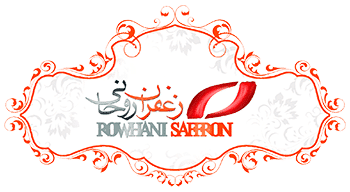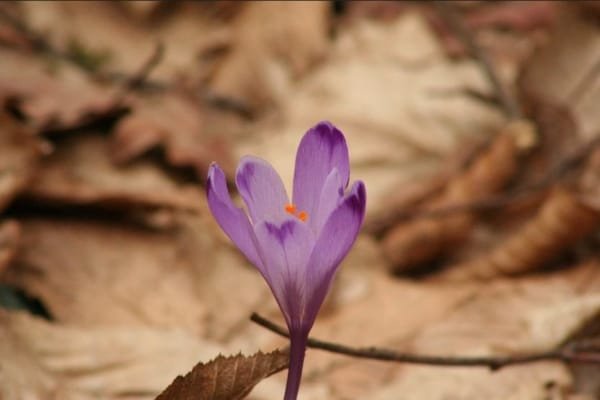 The Impact of Fake Saffron on the Reputation of Pure Saffron
The Impact of Fake Saffron on the Reputation of Pure Saffron
Iranian saffron market expansion
Ehsan Mostafavi stressed the importance of registering the origin of Iranian saffron worldwide. By doing this, we can prevent other countries from selling saffron under Iran’s name.
In a statement to Aria News, Mr. Mostafavi, who serves as the Vice President of Planning and Programs at the Youth Industrial House of Iran and President of the Creativity, Education, Support, and Productivity Club for UNESCO’s Iranian Saffron (OUSC), offered solutions for managing the saffron market. He pointed out that developing the saffron market is essential for long-term success and emphasized the need to support farmers by focusing on this area.
Addressing the Challenges in the Saffron Market
Iranian saffron market expansion
Mr. Mostafavi questioned: “How long will the government continue purchasing saffron through a cooperative model to regulate the market?” He highlighted the need for institutions and banks to offer more assistance to saffron farmers. According to him, expanding the saffron sector is achievable, but it requires a focused effort on creating a sustainable market. He added, “Once we develop the market, we can overcome the challenges and support the farmers effectively.”
He believes that, with the right approach, the situation can improve in three to five years. This would allow farmers to prosper and sustain their businesses for the long run.
Registering Iranian Saffron: Why It’s Crucial
As the CEO of Golden Red Iranians Company, Mostafavi emphasized the significance of registering Iranian saffron globally. “If we do so, we can protect it from being sold under other countries’ names. Our saffron, labeled with Iran’s certification, will gain worldwide recognition and attract more buyers,” he said. Ensuring market development remains crucial for protecting and promoting Iranian saffron.
Supporting Saffron Integrity Through Market Support
Mostafavi, who leads the Creativity, Education, Support, and Productivity Club, noted that the commodity exchange stabilized saffron prices in the past, but fluctuations occurred recently. He asserted, “We need consistent strategies to maintain the saffron market’s stability and protect its high quality.”
Combatting Fake Saffron in the Market
Iranian saffron market expansion
Mr. Mostafavi highlighted the issue of fake saffron infiltrating the market, calling it a serious problem. “We must identify and shut down counterfeit saffron workshops. If we don’t take action now, Iranian saffron’s reputation could suffer,” he said. He urged immediate steps to tackle the issue to preserve the industry’s credibility.
While it’s early to predict the exact impact of weather on saffron yields, Mostafavi confirmed that climate change has already affected production. Droughts and irregular rain patterns are harming the crop.
Climate Change’s Effect on Saffron Production
Mostafavi observed that saffron cultivation has been moving from southern Khorasan to northern Khorasan Razavi due to recent climatic shifts. “Although saffron production has increased in the north, the south has seen a noticeable decrease in yield,” he said. As a result, the harvest in central Khorasan will depend heavily on weather conditions.
Despite the unpredictable market situation, Mostafavi believes that prices will eventually stabilize. However, he stressed that quality remains the top priority. Improper drying methods could compromise the quality of the product.
Proper Drying Techniques Are Essential for Saffron Quality
New types of saffron, like “percy saffron” and “auto-processed saffron,” are being produced, but they are often dried using improper methods. These techniques can damage saffron’s quality, especially for buyers in the medicinal market. If this trend continues, Iranian saffron may lose its reputation for purity.
Educating Farmers on Proper Drying Techniques
Mostafavi urged farmers to use correct drying methods to preserve saffron’s quality. “We must ensure that we maintain the high standards of saffron and avoid methods that degrade its value,” he stated.
The Influence of Climate Change on Saffron Yield
Iranian saffron market expansion
In the past two years, climate changes and droughts have led to a significant reduction in saffron production—up to 50% less. Last year, frost affected saffron crops, and this year’s heatwaves and inconsistent rainfall have led to a further decline. Although experts had predicted this, it is still a challenging situation. The expected production has dropped from 300-320 tons to possibly under 200 tons.
In Khorasan Razavi, Iran’s primary saffron-producing province, farmers dedicated 92,000 hectares to saffron this year. Unfortunately, a decline in available workers has been observed. Despite this, around 119,000 saffron farmers in Khorasan Razavi support more than half a million people through related jobs.







Get Social